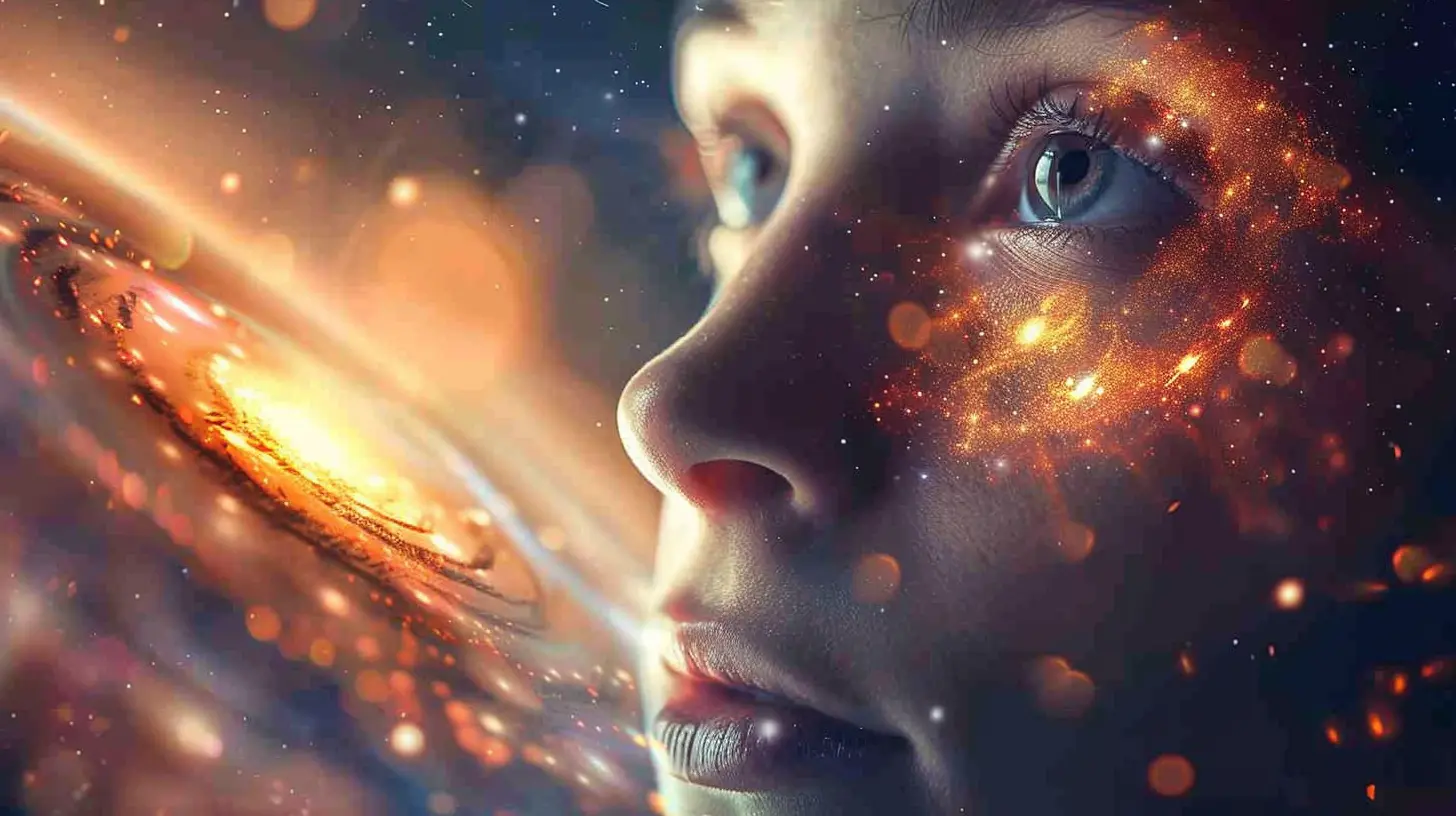1 April 2025
Have you ever gazed up at the night sky and wondered about the vast universe beyond our tiny blue planet? There's something truly magical about space that captivates us all, especially young minds eager to explore the unknown. But how do we take that fascination and turn it into a meaningful learning experience?
In today's fast-paced digital world, keeping students engaged can be a challenge. But astronomy—oh, it's a game-changer! It's a subject filled with mysteries, mind-blowing facts, and endless possibilities. So, let’s dive into how we can ignite curiosity in students and make space science an exciting adventure through hands-on learning, storytelling, and interactive experiences! 
Why Astronomy Captivates Students
Imagine looking at a bright star in the night sky and realizing it might have died millions of years ago, yet its light is only just reaching us. That’s the kind of mind-bending fact that makes astronomy so irresistible!Astronomy isn’t just about memorizing planets and stars; it’s about uncovering cosmic secrets, pondering life beyond Earth, and experiencing the marvels of physics in action. The sheer scale of space alone—billions of galaxies, each with billions of stars—turns even the most indifferent student into a curious explorer.
Here’s why astronomy is a fantastic tool to engage students:
- It fuels curiosity. Who doesn't want to know if aliens exist?
- It connects science to real-life wonders. Students can see celestial bodies firsthand.
- It encourages critical thinking. Space is full of questions with no clear answers—perfect for young minds!
- It combines multiple disciplines. Astronomy ties together physics, chemistry, math, and even history.
But how do we make astronomy more interactive and engaging in the classroom or at home? Let’s break it down. 
Hands-On Activities to Spark Interest
1. Stargazing: The Best Classroom is the Night Sky
You don’t need a fancy telescope to get students excited about space. A simple stargazing session can do wonders!- Use a free stargazing app to identify constellations.
- Observe the Moon and track its phases over a month.
- Spot planets visible to the naked eye, like Jupiter and Venus.
Encourage students to keep a space journal, sketch what they see, and note any changes over time. It keeps them engaged and makes learning feel like an adventure.
2. DIY Solar System Model
A classic project! Get students to build a scale model of the solar system using foam balls, paint, and string. This isn’t just an arts-and-crafts lesson—it helps them visualize planetary distances and sizes.For an extra challenge, let them research fun facts about each planet and present their findings. Who wouldn’t love to talk about Jupiter’s raging storm or Saturn’s icy rings?
3. Rocket Science... Without the Explosion
Okay, maybe a little explosion. A simple baking soda and vinegar rocket can demonstrate Newton’s Third Law of Motion: “For every action, there is an equal and opposite reaction.”This fun experiment proves that science isn’t just something in textbooks—it’s explosive (literally)!
4. Scale of the Universe Walk
Space is big—REALLY big! But it’s tough to grasp just how immense it is.Take students outside, and create a scale model of the solar system with real distances. Use a soccer ball for the Sun and tiny pebbles for the planets. Have students walk the distances between them, proportional to real space distances. Spoiler: Neptune will be REALLY far away! 
Using Technology to Make Space Come Alive
1. Virtual Tours of Space & Observatories
Not everyone has access to a high-powered telescope, but that shouldn’t stop students from venturing into space! Let them explore the universe through:- NASA’s free virtual tours of space missions.
- Google Sky, an interactive map of the night sky.
- Live streaming from real telescopes worldwide.
These resources turn learning into a hands-on experience without ever leaving the classroom!
2. Augmented Reality (AR) and Virtual Reality (VR)
Imagine standing on Mars or floating through Saturn’s rings—all without leaving Earth! AR and VR apps allow students to explore space in an incredibly immersive way.A few awesome ones to check out:
- Star Walk 2 (AR stargazing)
- NASA’s VR Experiences (Mars Rovers, spacewalks)
- Solar System Scope (interactive 3D models of planets)
This type of tech bridges the gap between imagination and reality, making space science more tangible than ever. 
Storytelling: Bringing Space to Life
Facts are great, but stories? They stick. Instead of just listing numbers and distances, why not weave narratives into space education?1. The Tale of the Voyager Probes
Imagine this: Two tiny spacecraft, launched in 1977, are still traveling beyond our solar system—carrying a golden record with sounds of Earth, just in case aliens find it.Now, THAT’S a story worth telling! It sparks curiosity and gets students thinking about time, space, and our place in the universe.
2. The "Oops" Moments in Space History
Not every space mission goes as planned, and that’s where things get interesting! Share stories like:- Apollo 13’s near disaster and how NASA engineers saved the crew.
- The Mars Climate Orbiter crashing because one team used metric measurements while another used imperial. (Seriously, that happened.)
These stories aren’t just entertaining—they teach problem-solving and perseverance!
Encouraging Students to Think Like Scientists
1. Ask the Big Questions
Instead of just feeding students facts, challenge them with cosmic mysteries:- What would happen if you fell into a black hole?
- Could humanity ever live on Mars?
- Is there life beyond Earth?
Encouraging open-ended discussions makes students feel like real scientists searching for answers.
2. Citizen Science Projects
Want students to contribute to actual space research? There are real projects where they can analyze astronomical data from home:- Galaxy Zoo – Help classify galaxies.
- NASA’s Planet Hunters – Search for exoplanets in telescope data.
- SETI@Home – Assist in the search for extraterrestrial life.
Giving students a hands-on role in real science makes learning more meaningful.
Wrapping Up: The Universe is the Ultimate Classroom
Astronomy isn’t just another subject—it’s an awe-inspiring journey into the unknown. By incorporating hands-on activities, technology, storytelling, and real-world science experiences, we can turn students into lifelong space explorers.So, whether they become astronauts, scientists, or just lifelong stargazers, one thing is for sure—once you catch the astronomy bug, there’s no going back. The universe is waiting. Time to spark some curiosity!




Lennox Lee
Who knew the stars could be so educational? Let’s launch our students into the cosmos of curiosity! With astronomy, we’re not just teaching them about planets, but also how to reach for the stars—hopefully without tripping over the moon!
April 2, 2025 at 3:12 AM